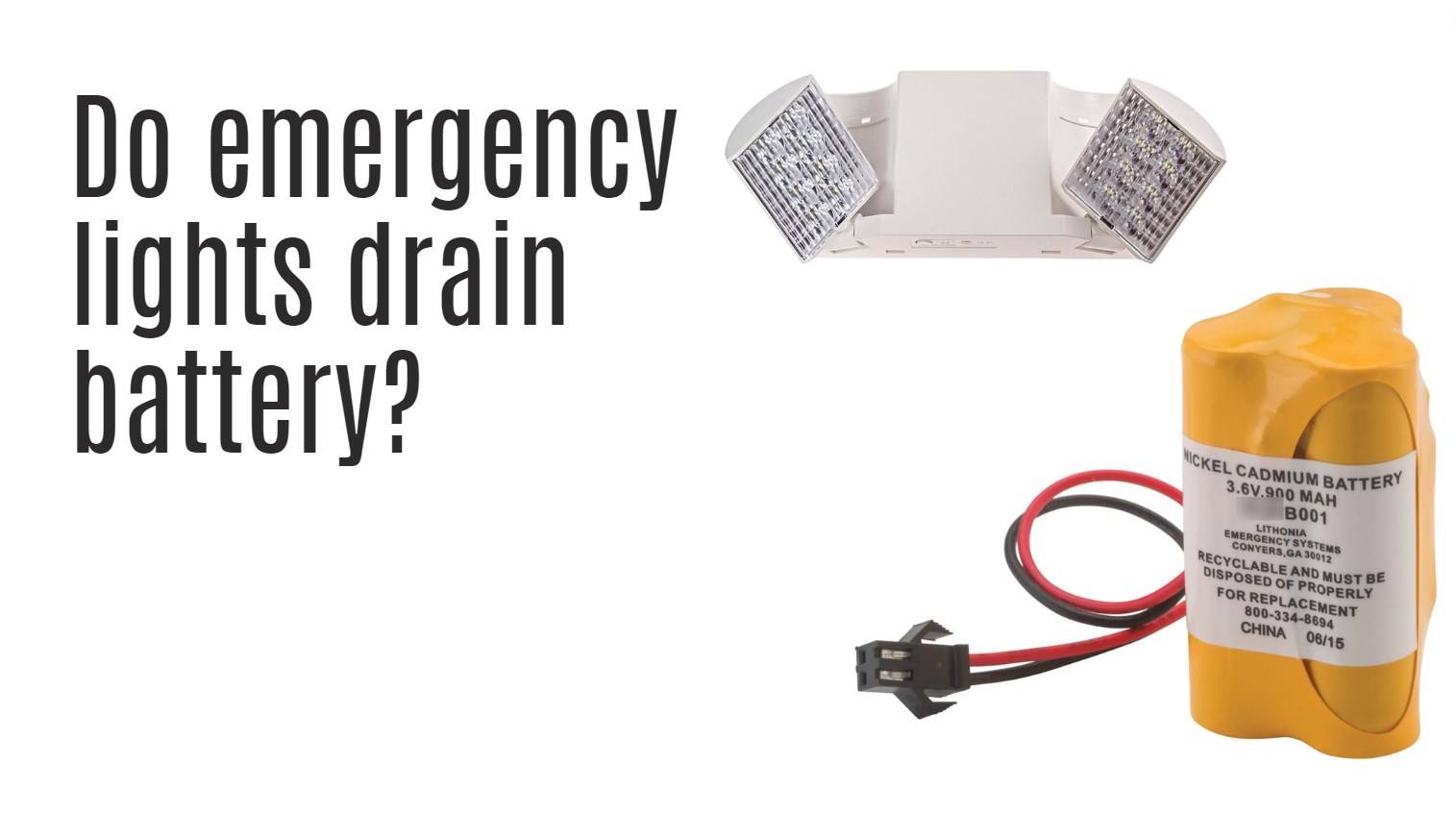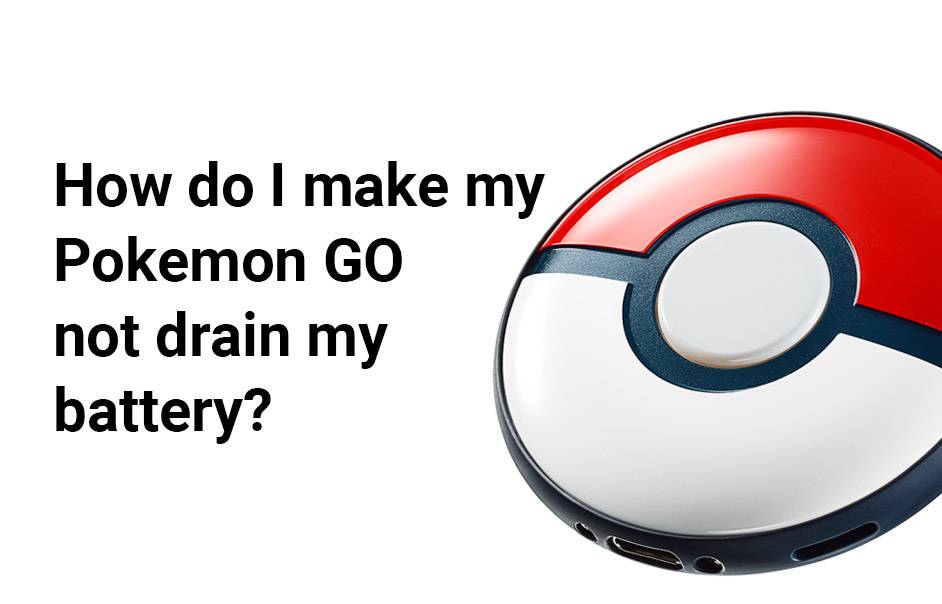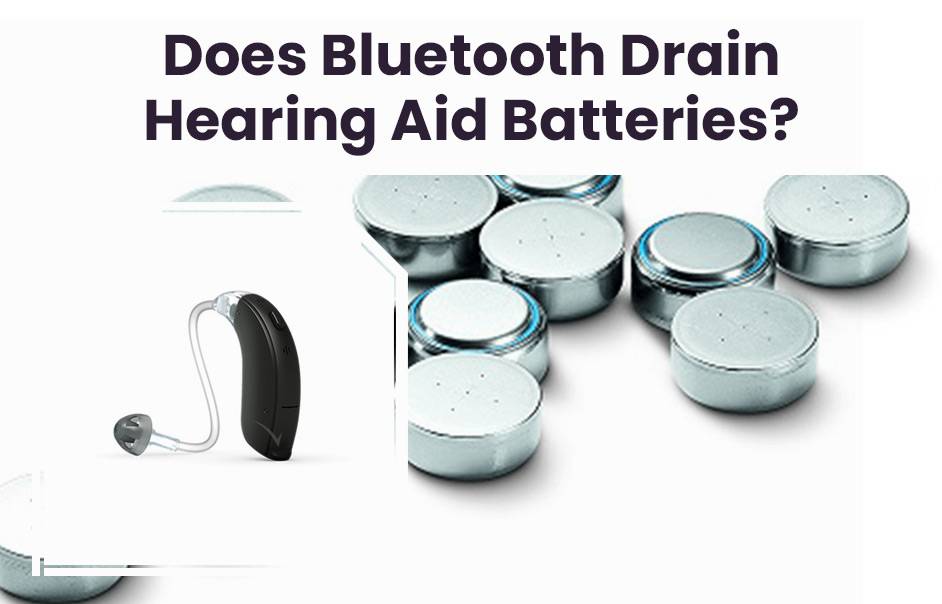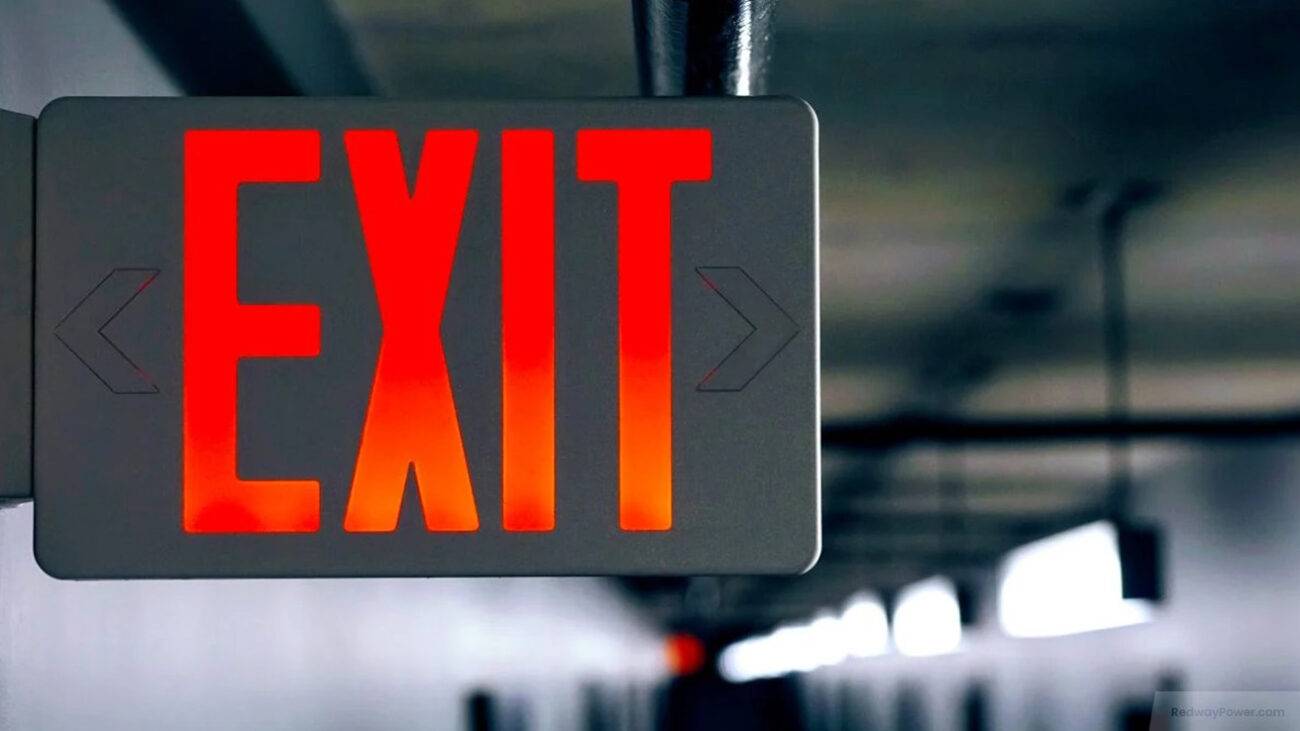- Forklift Lithium Battery
-
48V
- 48V 210Ah
- 48V 300Ah
- 48V 420Ah (949 x 349 x 569 mm)
- 48V 420Ah (950 x 421 x 450 mm)
- 48V 456Ah
- 48V 460Ah (830 x 630 x 590 mm)
- 48V 460Ah (950 x 421 x 450 mm)
- 48V 460Ah (800 x 630 x 600 mm)
- 48V 460Ah (820 x 660 x 470 mm)
- 48V 500Ah
- 48V 560Ah (810 x 630 x 600 mm)
- 48V 560Ah (950 x 592 x 450 mm)
- 48V 600Ah
- 48V 630Ah
-
48V
- Lithium Golf Cart Battery
- 12V Lithium Battery
12V 150Ah Lithium RV Battery
Bluetooth App | BCI Group 31
LiFePO4 Lithium
Discharge Temperature -20°C ~ 65°C
Fast Charger 14.6V 50A
Solar MPPT Charging - 24V Lithium Battery
- 36V Lithium Battery
- 48V Lithium Battery
-
48V LiFePO4 Battery
- 48V 50Ah
- 48V 50Ah (for Golf Carts)
- 48V 60Ah (8D)
- 48V 100Ah (8D)
- 48V 100Ah
- 48V 100Ah (Discharge 100A for Golf Carts)
- 48V 100Ah (Discharge 150A for Golf Carts)
- 48V 100Ah (Discharge 200A for Golf Carts)
- 48V 150Ah (for Golf Carts)
- 48V 160Ah (Discharge 100A for Golf Carts)
- 48V 160Ah (Discharge 160A for Golf Carts)
-
48V LiFePO4 Battery
- 60V Lithium Battery
-
60V LiFePO4 Battery
- 60V 20Ah
- 60V 30Ah
- 60V 50Ah
- 60V 50Ah (Small Size / Side Terminal)
- 60V 100Ah (for Electric Motocycle, Electric Scooter, LSV, AGV)
- 60V 100Ah (for Forklift, AGV, Electric Scooter, Sweeper)
- 60V 150Ah (E-Motocycle / E-Scooter / E-Tricycle / Tour LSV)
- 60V 200Ah (for Forklift, AGV, Electric Scooter, Sweeper)
-
60V LiFePO4 Battery
- 72V~96V Lithium Battery
- Rack-mounted Lithium Battery
- E-Bike Battery
- All-in-One Home-ESS
- Wall-mount Battery ESS
-
Home-ESS Lithium Battery PowerWall
- 24V 100Ah 2.4kWh PW24100-S PowerWall
- 48V 50Ah 2.4kWh PW4850-S PowerWall
- 48V 50Ah 2.56kWh PW5150-S PowerWall
- 48V 100Ah 5.12kWh PW51100-F PowerWall (IP65)
- 48V 100Ah 5.12kWh PW51100-S PowerWall
- 48V 100Ah 5.12kWh PW51100-H PowerWall
- 48V 200Ah 10kWh PW51200-H PowerWall
- 48V 300Ah 15kWh PW51300-H PowerWall
PowerWall 51.2V 100Ah LiFePO4 Lithium Battery
Highly popular in Asia and Eastern Europe.
CE Certification | Home-ESS -
Home-ESS Lithium Battery PowerWall
- Portable Power Stations
Do Emergency Lights Drain My Battery?

Emergency lights are essential safety devices designed to illuminate pathways during power outages or emergencies; however, many users wonder if these devices drain their batteries significantly. Understanding how these systems operate and their impact on battery life is crucial for maintaining reliable performance.
What are the common issues with emergency light batteries?
Emergency light batteries often face several common issues, including:
- Capacity Loss: Over time, batteries lose their ability to hold charge due to aging and usage.
- Environmental Factors: High temperatures or prolonged exposure to low charge levels can accelerate degradation.
- Poor Maintenance: Lack of regular testing and maintenance can lead to unexpected failures during emergencies.
Chart Title: Common Issues with Emergency Light Batteries
| Issue | Description |
|---|---|
| Capacity Loss | Gradual decrease in energy retention over time |
| Environmental Factors | Temperature extremes affecting performance |
| Poor Maintenance | Insufficient testing leading to operational failures |
How long do emergency light batteries typically last?
Emergency light batteries generally have a lifespan of 2 to 5 years, depending on the type of battery used and maintenance practices. For example, lithium-ion batteries may last longer than traditional lead-acid options, which typically require more frequent replacements.Chart Title: Lifespan Comparison of Emergency Light Batteries
| Battery Type | Average Lifespan |
|---|---|
| Lead-Acid | 2 – 4 years |
| Nickel-Cadmium | 3 – 5 years |
| Lithium-Ion | 5 – 12 years |
What factors affect battery life in emergency lighting?
Several factors influence the lifespan and performance of batteries used in emergency lighting:
- Temperature: Extreme heat or cold can negatively impact battery efficiency.
- Charge Cycles: Frequent discharging and recharging cycles can wear down the battery faster.
- Quality of Components: Higher quality batteries often provide better longevity and reliability.
How quickly can emergency flashers drain a car battery?
Emergency flashers can drain a car’s battery relatively quickly, often within 30 minutes to several hours, depending on the vehicle’s electrical system and the capacity of the battery. For example, if a vehicle has multiple incandescent bulbs drawing significant current, this could lead to rapid depletion.Chart Title: Power Consumption of Emergency Flashers
| Bulb Type | Current Draw (Amps) | Estimated Drain Time (Hours) |
|---|---|---|
| Incandescent Bulbs | 2 | ~6 – 10 |
| LED Bulbs | 0.5 | ~20 – 40 |
How can you prevent battery drain from emergency lights?
To minimize the risk of draining your vehicle’s battery from emergency lights:
- Regular Maintenance: Ensure all components are functioning correctly and replace faulty parts promptly.
- Use Energy-Efficient Bulbs: Consider switching to LED bulbs that consume less power.
- Limit Usage Time: Turn off flashers or other lighting when not needed.
When should you replace batteries in emergency lights?
Batteries should be replaced based on performance tests conducted regularly (typically every six months). If an emergency light fails to illuminate for at least 90 minutes, as required by safety standards, it is time for a replacement.
How do environmental conditions affect battery performance in emergency lights?
Environmental conditions play a significant role in determining how well an emergency light’s battery performs:
- Temperature Extremes: High temperatures can cause faster degradation, while low temperatures may reduce efficiency.
- Humidity Levels: Excessive moisture can lead to corrosion and electrical failures.
Can using LED lights improve battery life in emergency systems?
Yes, using LED lights instead of traditional incandescent bulbs can significantly improve overall energy efficiency, leading to longer operational times during emergencies without draining the backup battery as quickly.Expert Views:”Understanding how different types of batteries function under various conditions is essential for ensuring reliable operation during emergencies,” states Dr. Michael Anderson, an expert in electrical engineering and energy storage solutions. “Regular maintenance and upgrades to energy-efficient technologies like LEDs can greatly enhance performance.”
FAQ Section
- Do all types of emergency lights drain the same amount of power?
No, different types of bulbs (LED vs incandescent) have varying power consumption rates.
- How often should I test my emergency light’s functionality?
It is recommended to test your emergency lights every six months to ensure they operate correctly.
- Can I use any type of battery for my emergency lighting system?
No, always use the recommended type specified by the manufacturer for optimal performance and safety.


















